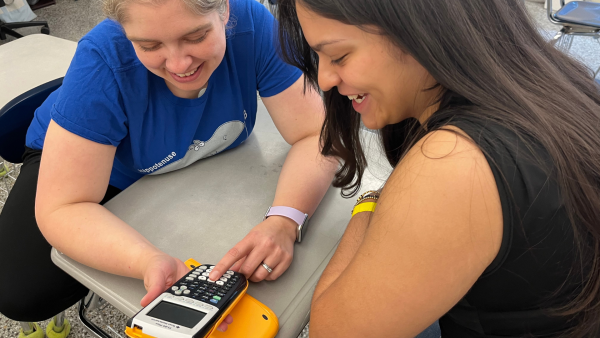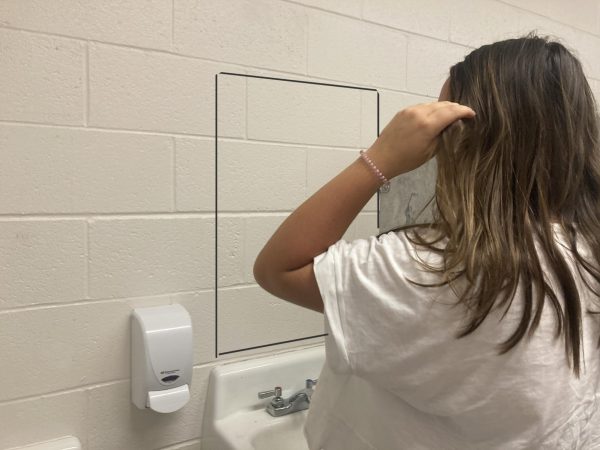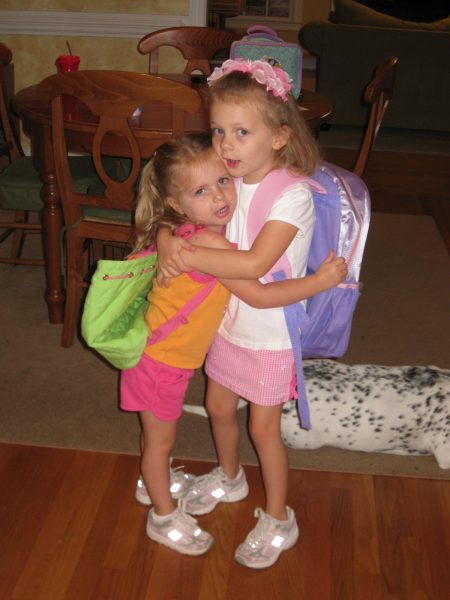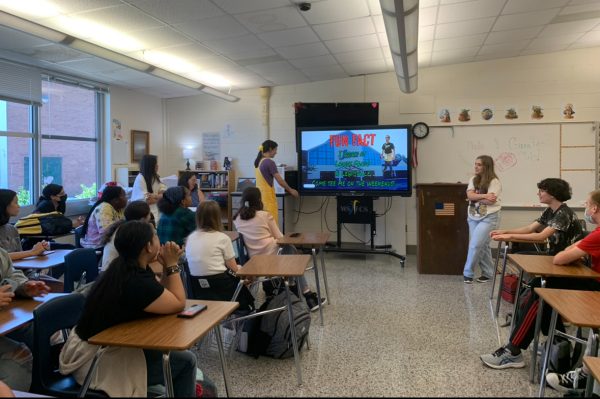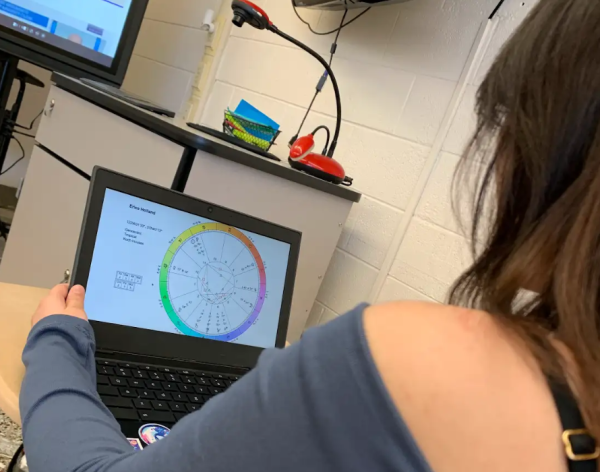Flipped classroom has students flipping out
December 15, 2021
In my years as a full-time student, I’ve seen many teachers try to change how their classrooms operate with varying levels of success. After the disaster that was last year’s online learning, I can’t understand the urge to continue teaching through a computer screen, but some teachers are attempting to do just that with what they call a flipped classroom.
For students who have been blessed and are unfamiliar with this concept, a flipped classroom essentially works like this: a teacher provides their class with the lesson or simply the learning material (ie. a textbook or videos of the lesson) to go over for homework before they practice in class the next day. In theory, the students would understand the material and be prepared to work on it in class the next day.
I’ve heard so many explanations of why a flipped classroom should work, and on paper, it sounds great. When it is actually practiced, grades drop like flies. 114 studies done by various universities on the subject of flipped classrooms were analyzed by the University of Utrecht, which found that the percentage of improved schools was so insignificant that it could often be seen as more of a hindrance to students learning than a help (Article on study).
The main hassle of this method is the atrocious amount of homework, usually more than an hour of it a night. It is a similar experience to learning on Zoom, only you can’t ask questions in real-time, and you don’t have asynchronous time. It’s like having to teach yourself the material. For myself and many other students, this is really difficult because most of our homes are not a good learning environment. It’s far easier to be distracted. Course content just doesn’t click as well when you aren’t in a classroom, especially for neurodivergent students, as well as students with learning disabilities, and those who rely on structure. It’s also a huge waste of time as the material is covered the next day. All it does is rob students of time to work on homework for other classes or time to unwind and live a life outside of school.
Another downfall of a flipped classroom is the mindset it puts the teachers in. Sometimes teachers get so caught up in doing something new that they are blinded to the effect it has on their students. Recently, a teacher of mine was attempting to have an open discussion with the class about their teaching style, and when well over half of the class raised their hands to say they struggle with the work in some way, the teacher’s response was a demeaning lecture about the importance of dedication and completing homework that isn’t even necessary. I really believe that changing their way of teaching to better accommodate their students never even crossed their mind.
Overall the flipped classroom is an interesting idea, and components of it could work really well, but the fact is, more often than not, this method of teaching ends in disaster as students’ grades and morale are negatively affected.


